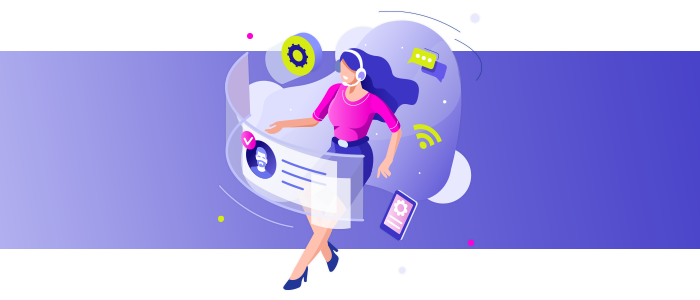IT Best Practices: Secure Remote Desktop Access in Your Business
Remote desktop access has become an essential tool for businesses that need to maintain responsiveness and support offsite work. Whether accessing your office computer while traveling or collaborating with IT support, remote access boosts flexibility—but it also introduces cybersecurity risks.
Without the right remote desktop security best practices in place, you may be exposing your business to data breaches, malware, and unauthorized access. Here’s how to ensure safe, secure remote desktop access while protecting your network.
Cover Your Cybersecurity Basics
Before enabling remote access, ensure your systems are fortified with strong security layers:
- Install updated firewalls and anti-malware software.
- Apply all critical security patches and software updates promptly.
- Enforce good password hygiene—prohibit password sharing, require strong password creation, and mandate periodic password changes.
Without these foundational protections, even the most secure remote desktop setup can be compromised.
Train Your Employees on Remote Desktop Cybersecurity
Human error is often the weakest link in cybersecurity. Employees using remote desktop access for business must be trained to:
- Recognize phishing emails and suspicious links.
- Identify cloned websites or malicious downloads.
- Avoid risky behaviors such as connecting over unsecured public Wi-Fi.
Regular training ensures your team can spot and avoid common remote access threats.
Implement Multi-Factor Authentication (MFA)
Adding multi-factor authentication (MFA) is one of the most effective ways to secure remote desktop sessions. MFA confirms a user’s identity across three categories:
- What they know (e.g., passwords, secret questions)
- What they have (e.g., OTPs sent to smartphones, security tokens)
- Who they are (e.g., biometric authentication like fingerprints or retina scans)
By layering authentication methods, you make it much harder for attackers to gain unauthorized access—even if credentials are stolen.
Understand the Limitations of Remote Access
It’s important to recognize that remote desktop access is about connecting to a device, not protecting stored data. It allows you or your MSP to troubleshoot, collaborate, or retrieve information remotely—but it doesn’t automatically safeguard data like cloud storage does.
While cloud-based platforms offer built-in redundancy and enhanced data protection, remote desktop tools primarily offer device-level access. Businesses must use them responsibly and in tandem with other secure remote work solutions to ensure full data security.
Secure Remote Desktop Access with a Trusted MSP
Managing secure remote desktop access can feel complex. Partnering with a Managed Service Provider (MSP) like Tobin Solutions ensures that your business has the right safeguards in place—from encrypted connections and firewalls to endpoint protection and employee training.
We help businesses implement comprehensive remote access security policies that empower offsite work without exposing sensitive information to risk.
Contact Tobin Solutions
Phone: (414) 443-9999
Email: info@tobinsolutions.com
Contact Page: https://tobinsolutions.com/contact-us/
© 2025 Tobin Solutions, Inc. All rights reserved.
